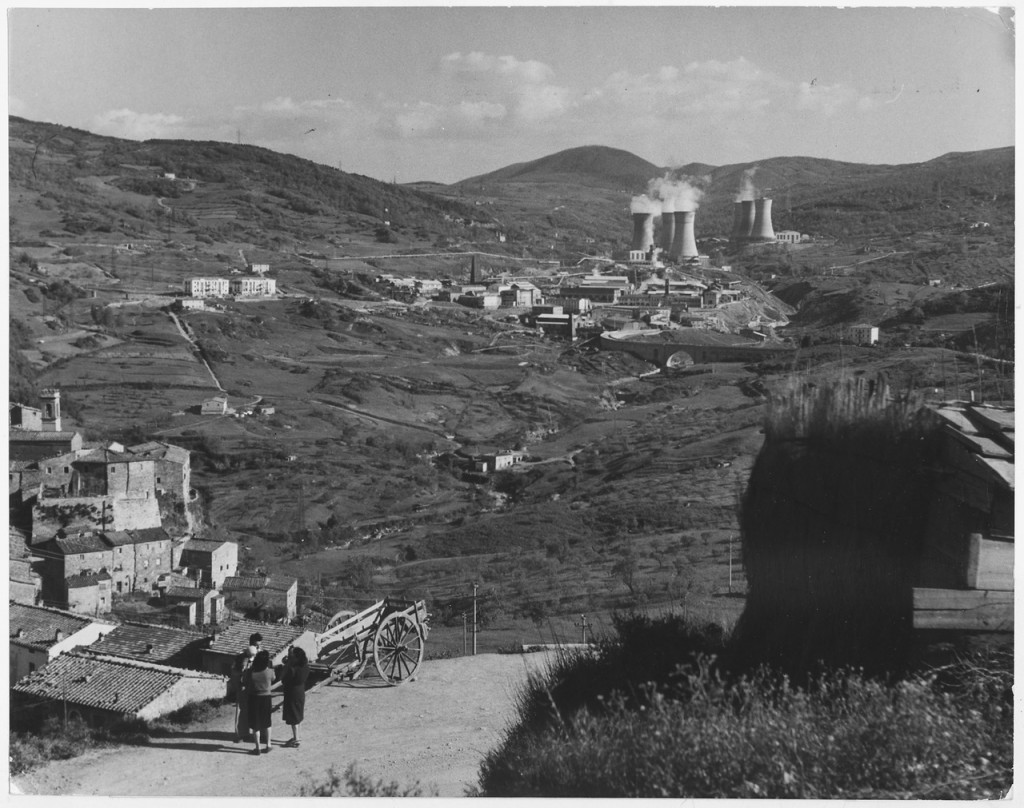The Matsukawa Geothermal Power Plant
The Matsukawa Geothermal Power Plant located within the Towada-Hachimantai National Park in Iwate Prefecture was the first geothermal station in Japan to launch commercial operations. That was back in 1966, and the groundbreaking facility carries on today as one of the country’s largest producers of this clean, renewable energy. Over the plant’s five decades its engineers have amassed a wealth of expertise in geothermal development and the safe, stable provision of hydrothermal power. How this all came to be is also a story about the “power” of accidental discovery: the surveyors who first struck on the prolific steam reservoirs of Matsukawa were in fact looking for something else.
In the early 1950s, municipal leaders and inn operators in Matsukawa were seeking ways to expand the area’s attractions as a hot-spring resort. A geological survey team was brought over from the nearby Matsuo Mine to test-drill for new thermal springs that would support expansion of the town’s lodgings. But rather than hot water, the engineers kept tapping into rushing torrents of steam instead. Three tremendous geysers of vapor were found in as many years. The running costs of these speculative surveys continued to build as each successive strike was deemed a failure. Finally, with the seventh drilling in 1956, sufficient hot water was sourced to enable the launch of a new, moderate-sized hot-spring inn accommodating up to 40 guests. Geothermal steam supplied its indoor heating; its lamps relied on kerosene and gas. When Hachimantai acquired national park status that same summer the owner determined to introduce electric lighting, and struck on the idea of steam-driven generation to achieve it. This turn of events was, in effect, the beginning of geothermal energy production in Matsukawa.
Matsukawa’s Steady Performance
Ten years of research and state-of-the-art construction later, the Matsukawa Geothermal Power Plant came online with an initial capacity of 9,500 kilowatts. Subsequent addition of new production wells, followed by the introduction of an updated turbine in 1993, increased its capacity by 147 percent to reach the present-day (2019) output of 23,500 kilowatts. In addition to the clean, dependable electricity it provides for Hachimantai facilities and residents from its 10 wells, the plant scrubs steam of its naturally occurring hydrogen sulfate and other chemicals and converts it to hot water that is sent to local hot-spring lodgings for kitchen use, and to agricultural associations for heating their greenhouses. In 2016 Matsukawa Geothermal Power Plant was named a “Mechanical Engineering Heritage” site by the Japan Society of Mechanical Engineers for its seminal role in developing the country’s strengths in hydrothermal power.
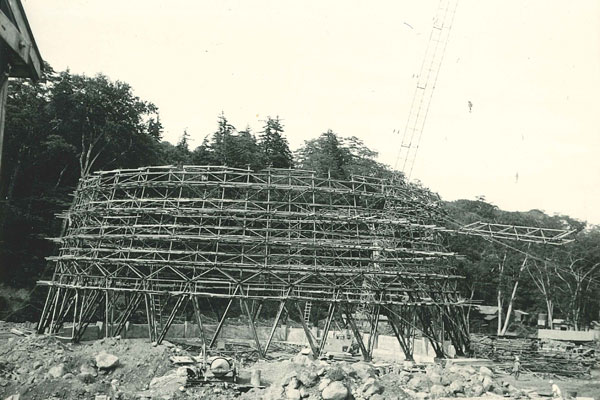
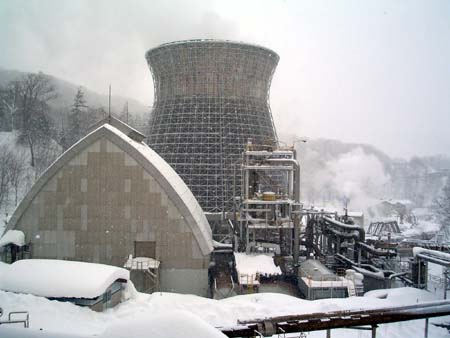
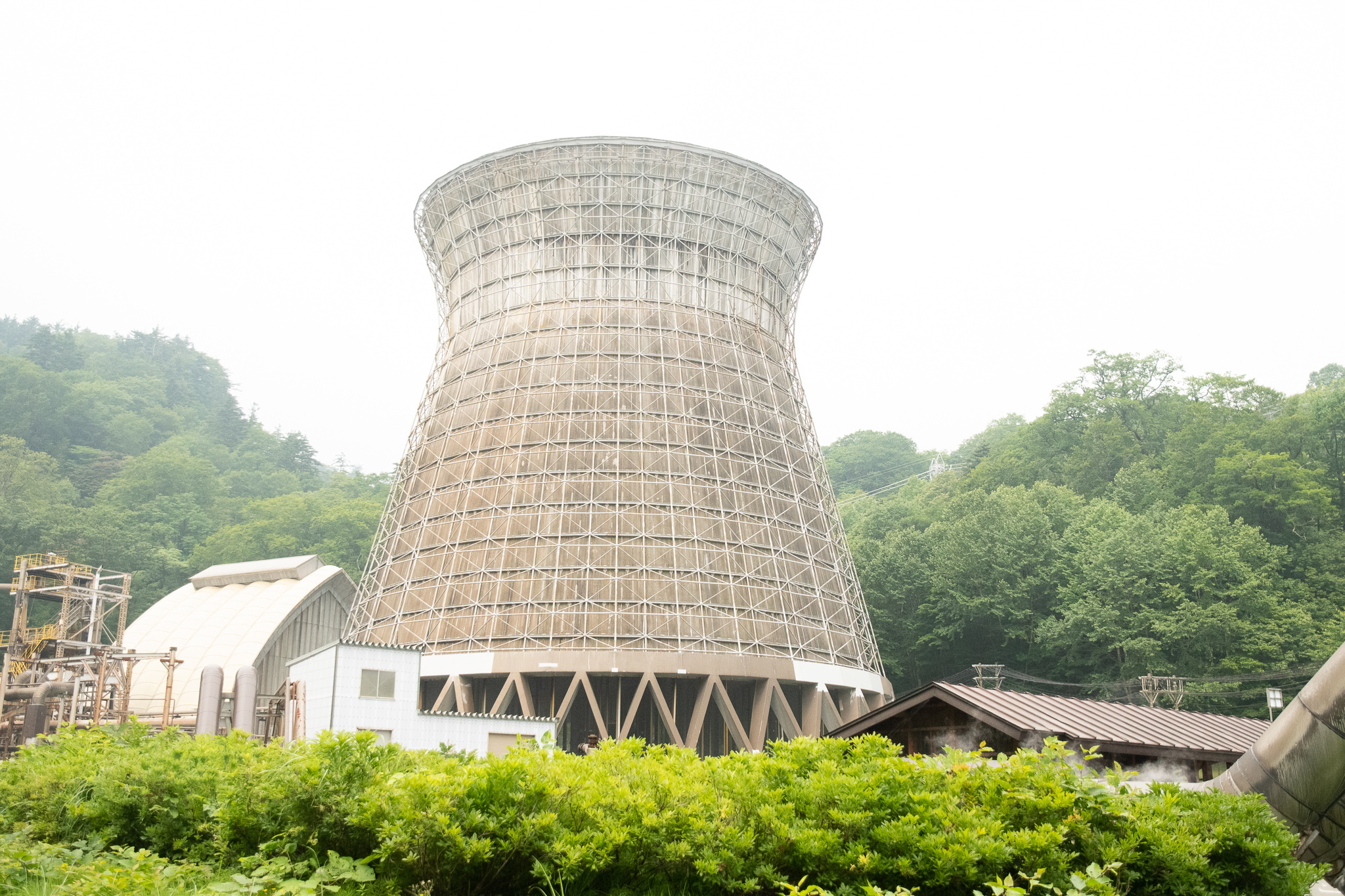
Matsukawa Geothermal Power Plant: A Half-Century History
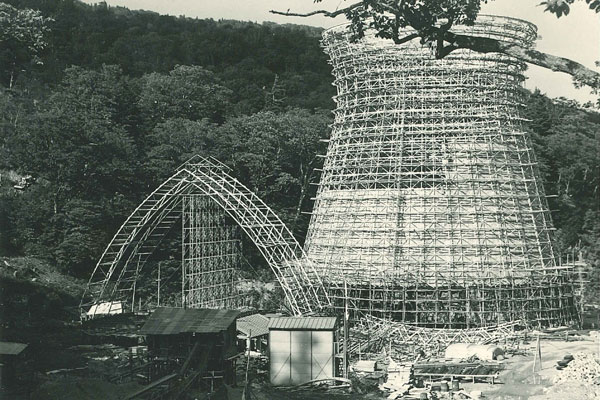
How Hydrothermal Energy Works
As its name suggests, hydrothermal power is all about water and heat, two things found in abundance in Hachimantai’s volcanic belt. (As of November 2019, seven geothermal power plants lie in the Tohoku region, accounting for about 50 percent of the country’s total output.) Where magma comes near the earth’s surface, it heats up the groundwater that runs along subterranean fault lines or is pooled in fractured surfaces and trapped in porous rock. These reservoirs are drilled to capture the steam and hot water, which are then piped to drive a turbine that generates electricity.
Matsukawa is unique among Japan’s hydrothermal plants as it is the only “dry steam” facility in the country, piping hot vapor directly from its source beneath the ground to the turbine that drives a generator. Other plants use flash or binary cycles, which involve the extra steps of converting hydrothermal fluid to vapor, or vaporizing moderate-temperature water respectively. A much simpler process, Matsukawa’s direct dry-steam technology is the oldest type of geothermal conversion, developed and used experimentally for the first time in Larderello, Italy, in 1904.
1966 Launched operations at 9,500 kW capacity
1968 Increased capacity to 20,000 kW
1973 Increased capacity to 22,000 kW
1993 Updated turbine; increased capacity to 23,600 kW
1994 Opened the Matsukawa Geothermal Hall
2005 Launched remote surveillance from Shizukuishi-cho
2016 Named a “Mechanical Engineering Heritage” site by the Japan
Society of Mechanical Engineers
Marked 50 years of operation
